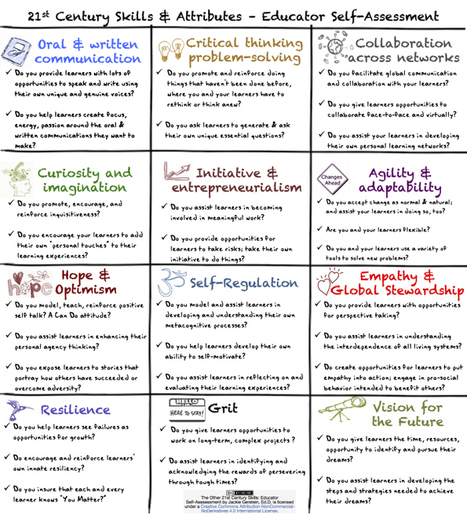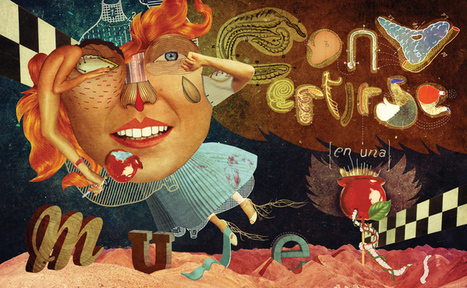Individuals vary in their views of what students should be taught. How should teachers discuss the misdeeds of a nation’s founders? What is the minimum accomplishment expected of each student in mathematics? But there is no disagreement on the importance of critical thinking skills. In free societies, the ability to think critically is viewed as a cornerstone of individual civic engagement and economic success.
But is there evidence that explicitly teaching critical thinking brings any benefit? There is, and such evidence is available for different subject matters. For example, in one experiment researchers taught college students principles for evaluating evidence in psychology studies – principles like the difference between correlational research and true experiments (Bensley and Spero, 2014). These principles were incorporated into regular instruction in a psychology class, and their application was practised in that context. Compared to a control group that learned principles of memory, students who learned the critical thinking principles performed better on a test that required evaluation of psychology evidence.
Via Elizabeth E Charles




 Your new post is loading...
Your new post is loading...














